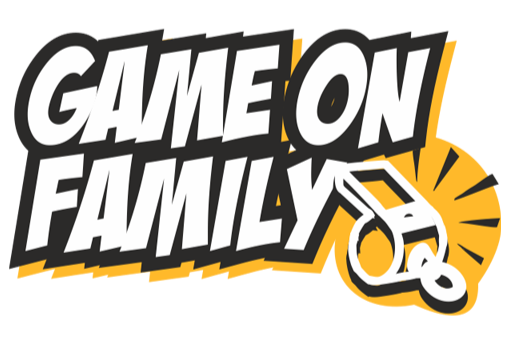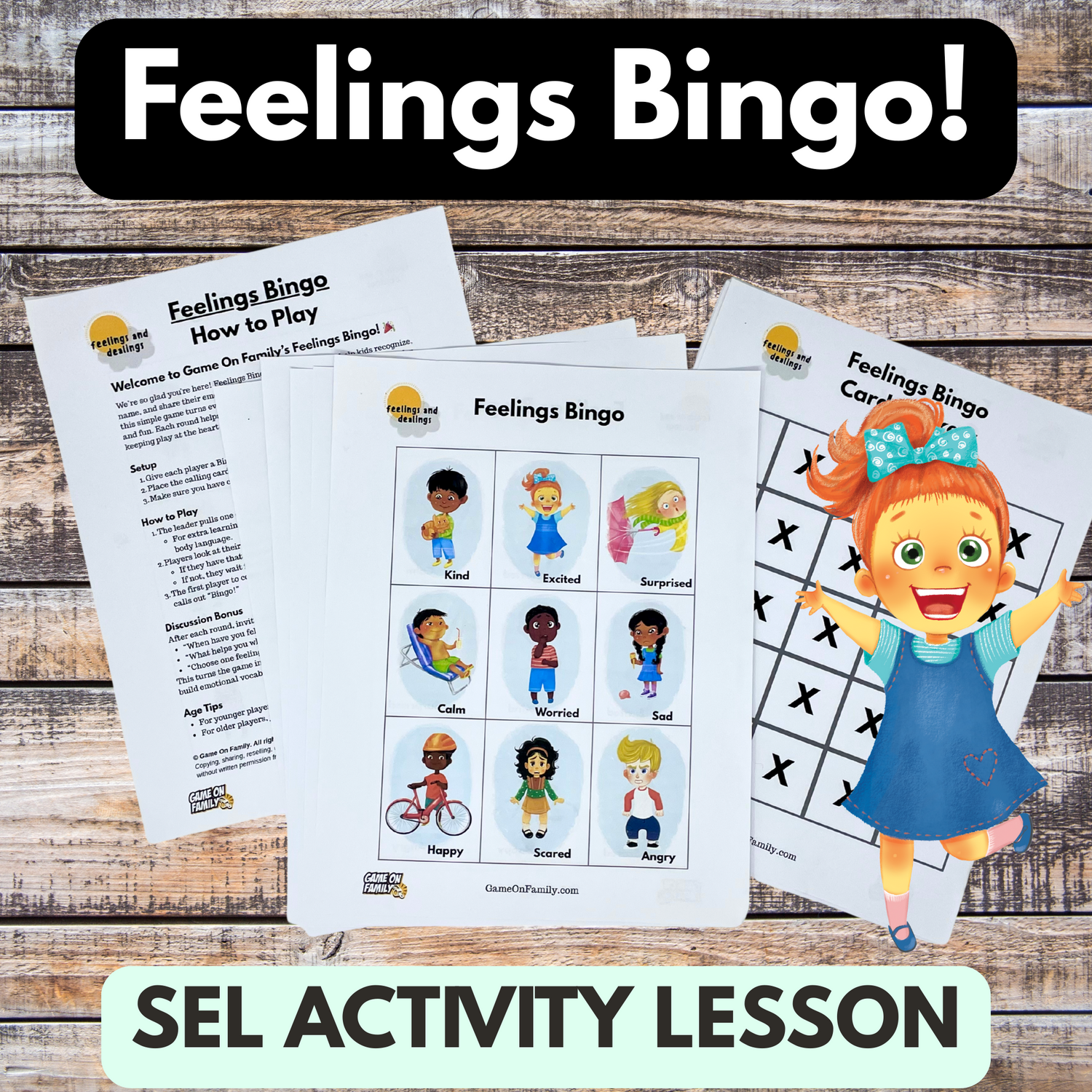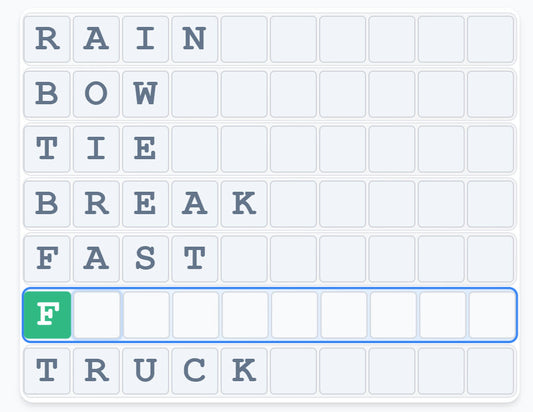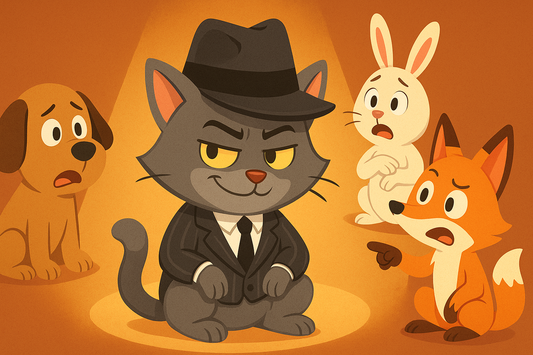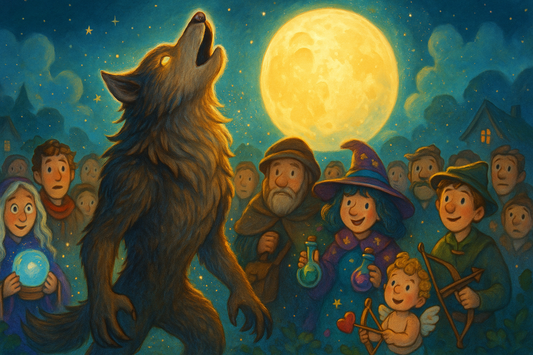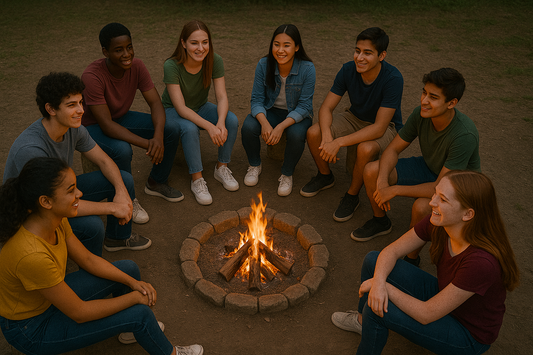
How to Play Two Truths and a Lie | Rules, Variations & Examples
Share
Two Truths and a Lie is one of the most popular icebreaker games for classrooms, workplaces, parties, and family gatherings. It’s simple, fun, and guaranteed to spark conversations. Players take turns sharing three statements about themselves — two truths and one lie — and the group must guess which statement is false.
It’s an easy way to laugh, learn fun facts, and build connections.
Objective
Trick the group with a believable lie while the other players try to identify it. Along the way, you’ll learn surprising facts about everyone playing.
Age Range
Best for ages 8 and up, since younger kids may struggle to come up with convincing lies or keep a straight face.
Game Length
5–30 minutes, depending on group size. Works equally well as a quick warm-up or a longer game.
Why We Like It for Kids and Families
- No supplies needed — just people ready to play.
- Great icebreaker for classrooms, family gatherings, or camps.
- Encourages self-expression and storytelling.
- Lets kids and adults practice thinking creatively and socially.
Skills the Game Builds
- Creativity – Making up convincing lies and choosing fun truths.
- Observation & Critical Thinking – Spotting tells and inconsistencies.
- Confidence & Performance – Sharing in front of a group.
- Social Skills – Listening, asking follow-up questions, and learning more about others.
What You Need
- Just a group of players (3+ recommended, though it can work with 2).
- Optional: paper and pencil to track turns or score (see Variations).
How to Play Two Truths and a Lie in 5 Steps
Step 1: Gather players in a circle or group
Sit or stand so everyone can see and hear each other. Works with any group size.
Step 2: Choose who goes first
Pick randomly (rock-paper-scissors, youngest player, etc.), then continue clockwise.
Step 3: Share two truths and a lie
The first player says three statements about themselves. Two are true, one is a lie. Example:
- “I’ve been skydiving.”
- “I own three dogs.”
- “I’ve never eaten pizza.”
Step 4: Guess the lie
Each player makes their own guess about which statement is false. (It doesn’t need to be a group consensus — everyone can have their own opinion.)
Step 5: Reveal the lie
The speaker tells the group which statement was false. Play then passes to the next player.
Winning the Game
There’s no “official” winner — the fun is in tricking others and learning about your group. But see Variations for scoring options if you want to keep track.
Rules Summary
- Players must share exactly 3 statements each turn (2 truths, 1 lie).
- Lies must be reasonable — not obviously impossible.
- Each player gets their own guess (no need for consensus unless you choose that variation).
- Truths should be honest, but can be unusual or surprising.
Variations
- Scoring Version – Players earn 1 point for correctly identifying a lie. The liar gets a point for every player they fool. Play until a score target (e.g., 10 points).
- Consensus Version – Instead of individual guesses, the group discusses and agrees on one collective guess.
- Themes – All statements fit a theme (travel, school, food, summer camp).
- Two Players – Works as a head-to-head challenge. Best for quick play or as a warm-up.
- Online / Virtual – Works great over Zoom, with players typing or speaking their guesses.
FAQs
What is the point of Two Truths and a Lie?
The goal is to trick the group with a convincing lie while learning fun facts about other players. It’s both a game of deception and a way to get to know people better.
Can you play Two Truths and a Lie with 2 players?
Yes, though it’s best with 3+. With 2 players, you’ll take turns sharing your three statements and guessing the lie. It works, but isn’t as dynamic as group play.
How do you come up with good lies?
Keep them close to the truth. For example:
- “I’ve been to Mexico” → lie: “I’ve been to Brazil.”
- “I love chocolate” → lie: “I hate chocolate.”
- “I’ve broken my arm twice” → lie: “I’ve never broken a bone.”
What are good truths?
Fun or surprising facts about yourself that others may not know. Think hobbies, travel, talents, or unusual experiences.
What happens if everyone guesses right?
That just means your lie wasn’t convincing enough! It’s part of the fun — next time, make your lie sneakier.
